The Sun Stole Part of Mars’ Atmosphere, and NASA Was Watching
Observations from the MAVEN spacecraft should help scientists figure out if and when Mars had the right conditions for life
/https://tf-cmsv2-smithsonianmag-media.s3.amazonaws.com/filer/ae/e2/aee220f3-5704-43c9-be55-06bee1895777/maven.jpg)
For most of the NASA robots on and around Mars, March 8, 2015 was just another Sunday. As the red planet continued its slow march around the sun, a burst of solar material buffeted the atmosphere. No big deal—such changes in solar weather are pretty common.
But for one orbiting probe, March 8 was a day of Martian history in the making.
NASA’s Mars Atmosphere and Volatile Evolution (MAVEN) mission was watching closely as the solar outburst stripped away some of the planet's already thin atmosphere. Its observations back up scientists' suspicions that solar activity is a major player in shaping Mars's atmosphere, a finding that is even more exciting when viewed with an extremely patient eye.
That’s because billions of years ago, the young sun was thought to be much more active, spewing out solar storms more often and with more intensity than it does now. Given this new understanding of how the sun affects Mars, it seems likely that a stormy adolescent sun could be the reason Mars went from warm and wet to the chilly, barren world we see today.
During the March solar storm, MAVEN saw how charged particles in the red planet’s atmosphere got sucked up and swirled away. Planetary ions spewed out into space, bound into tendril-like magnetic “flux ropes” over 3,000 miles in length. Material from the atmosphere escaped at much higher speeds than normal during this event.
The solar outburst dramatically altered the red planet's weak magnetic environment and affected its upper atmosphere as well. Given the magnitude of the sun's impact on Mars, it seems likely that such flares have been a significant—even dominant—contributor to climate change on the red planet.
On Earth, life thrives in part because it is kept warm and cozy under a relatively dense blanket of atmosphere containing a mix of heat-trapping gases. Mars' modern atmosphere mostly contains carbon dioxide, a potent greenhouse gas, but it is substantially thinner, leaving the surface too cold to support large bodies of water, thought to be a key ingredient for life.
Considering the flood of evidence for liquid water on ancient Mars, astronomers suspect that the planet must have had a thicker atmosphere at some point in the past. The key question is whether the time frame for this warm, wet period, as defined by data from surface experiments, matches the time frame for a friendlier atmosphere.
In addition, scientists need to know whether an atmosphere that could sustain the right proportion of light, temperature and water was stable long enough for life to take hold, says David Brain, a co-investigator on the MAVEN team.
It’s most likely that the bulk of the planet’s atmospheric loss took place in the first billion or billion and a half years of its existence, Brain says. The new MAVEN data should help scientists figure out variations in the atmospheric escape rate and how that might have changed over time. Then they can work backwards and better pinpoint the timeframe for when Mars had a thicker atmosphere.
A better understanding of Mars’ atmosphere could lead to revelations about Earth and other planets, too.
“What’s exciting to me is the idea of Mars as a laboratory,” says Brain. “Once our models are really trustworthy, we can apply them in new situations.”
For instance, such improved models could lead to new insights about Venus, which has a similarly weak magnetic field. They could also offer clues to how Earth interacts during the sun during flips in its magnetic field. And instead of only looking at how the sun affects Mars, scientists plan to ask what their observations in turn reveal about the sun.
Discoveries about the March solar storm are just the tip of the iceberg—the study is being released along with three other results about Mars' atmosphere in Science and 44 additional papers in Geophysical Research Letters.
One study investigated the newly discovered Northern Lights-style aurora on the red planet—a diffuse phenomenon that appears to be driven by the scant magnetic field near the planet’s crust. Another paper shows results from MAVEN's flirtation with the upper atmosphere of Mars, which yielded data that's helping scientists understand the physics that keep particles inside the atmosphere.
A fourth study analyzes dust at various altitudes, suggesting that dust particles trapped high in the Martian atmosphere are actually from other planets.
And the discoveries could keep on coming: the MAVEN mission has been extended through September 2016, and scientists still have plenty more data from the initial observing campaign to analyze. For Brain and his colleagues, the information they’re seeing is nothing short of thrilling.
“Each individual data set is among the best or the best I’ve ever seen for any planet,” says Brain, who is regularly told by Earth scientists that they wish they had similar observations for our own planet.
And even with the massive amount of information released this week, the data suggest that there are plenty more Martian mysteries to solve, says Bruce Jakosky, MAVEN’s principal investigator. “This is a recognition that the Mars environment is a very complex one,” he says. “We think there’s an awful lot still to learn.”
/https://tf-cmsv2-smithsonianmag-media.s3.amazonaws.com/accounts/headshot/erin.png)
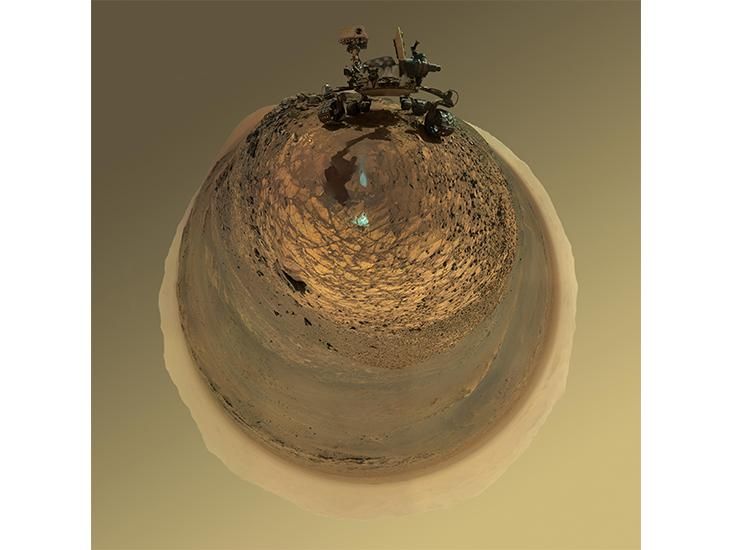

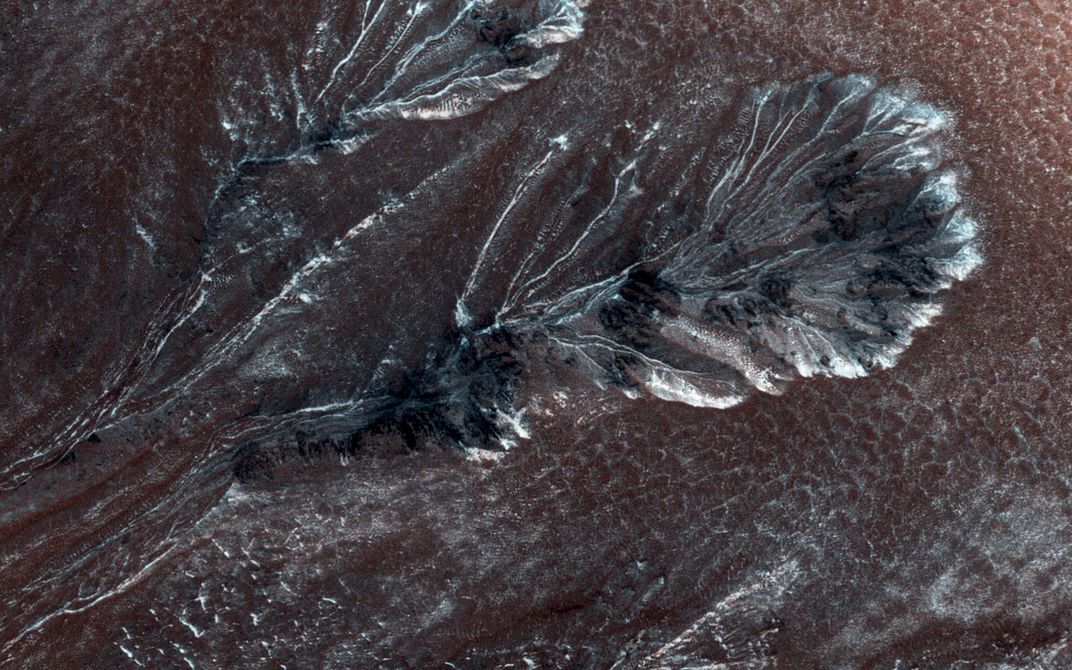
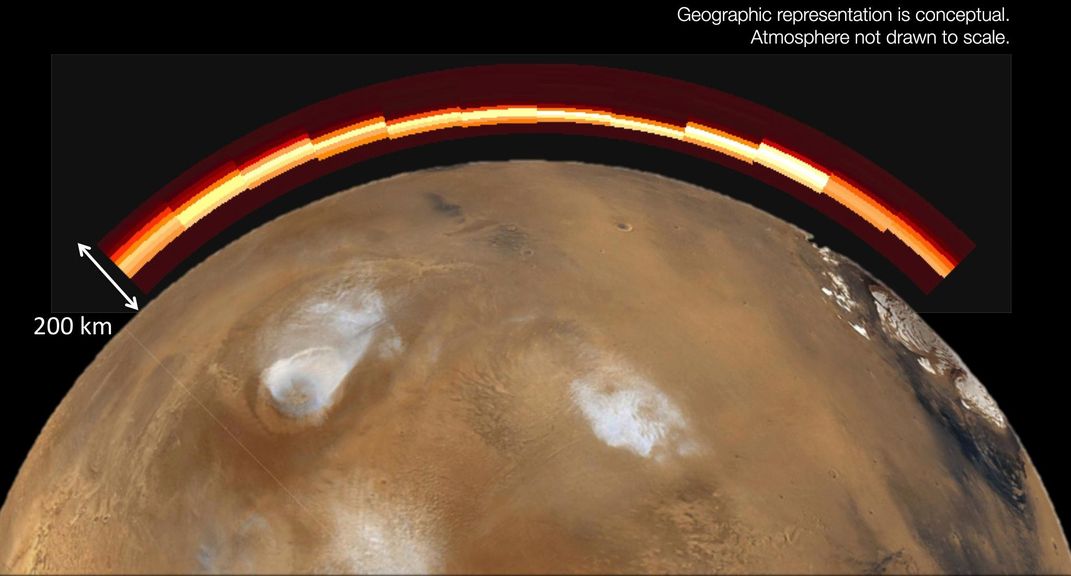
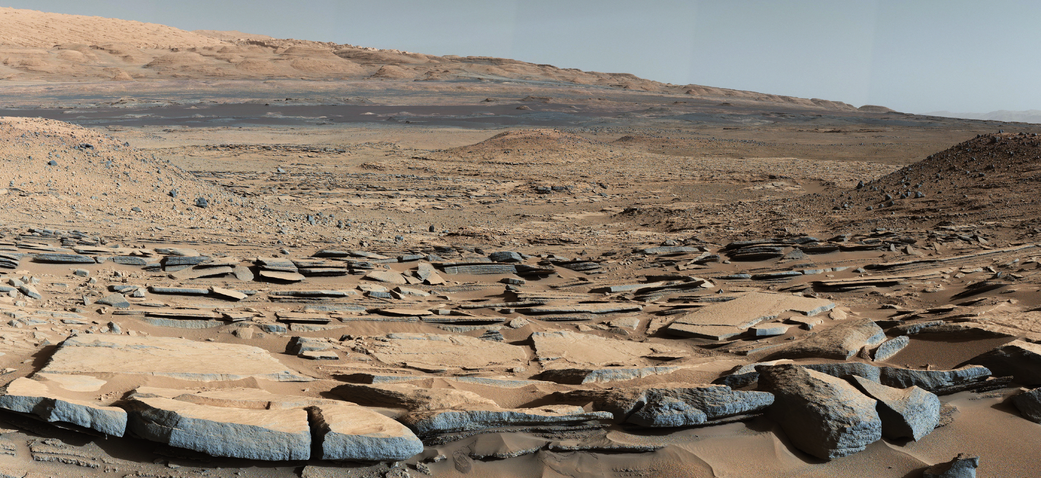
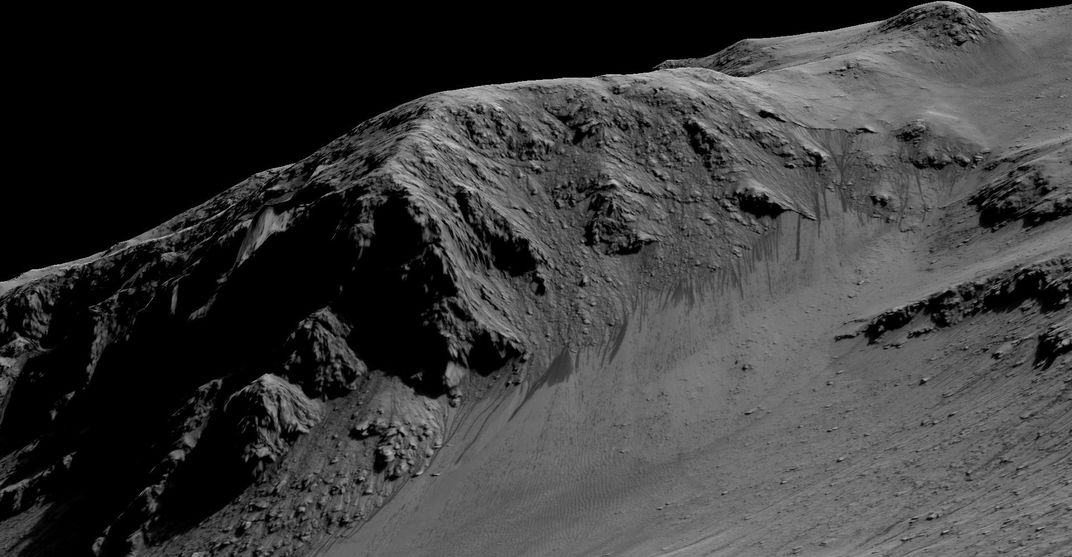
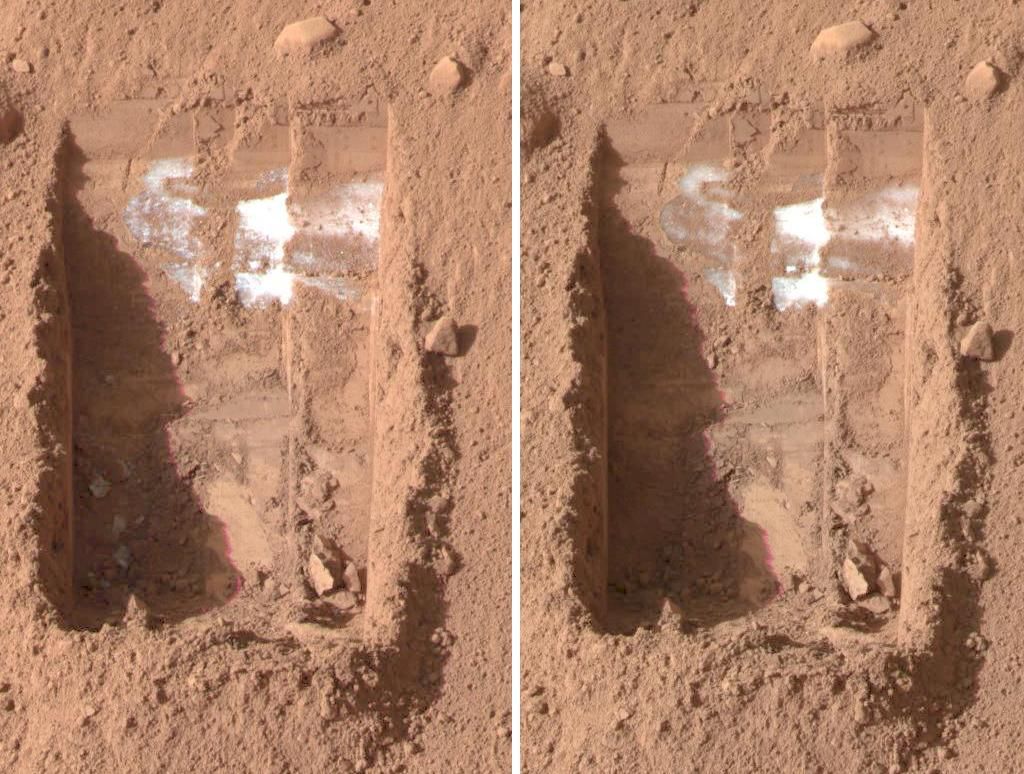
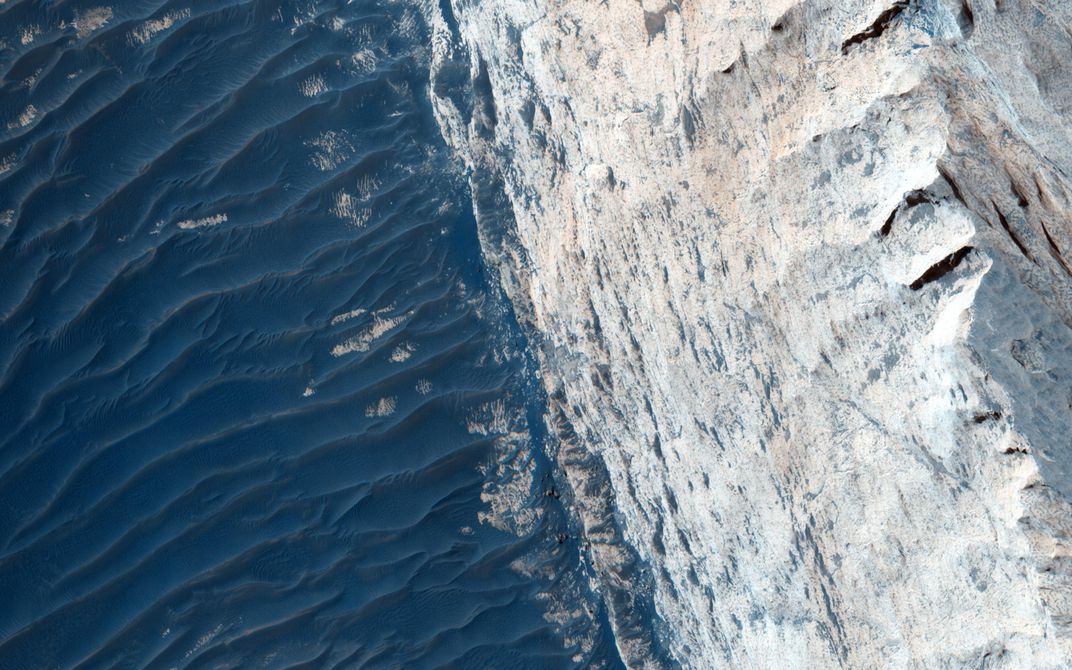
/https://tf-cmsv2-smithsonianmag-media.s3.amazonaws.com/accounts/headshot/erin.png)